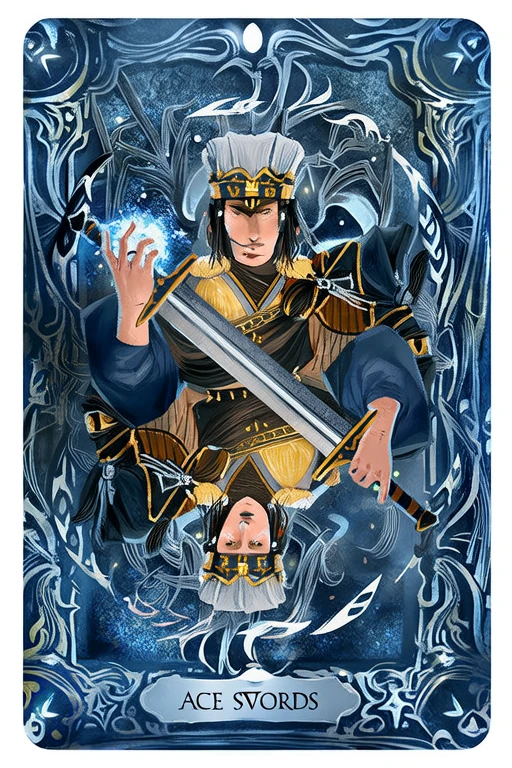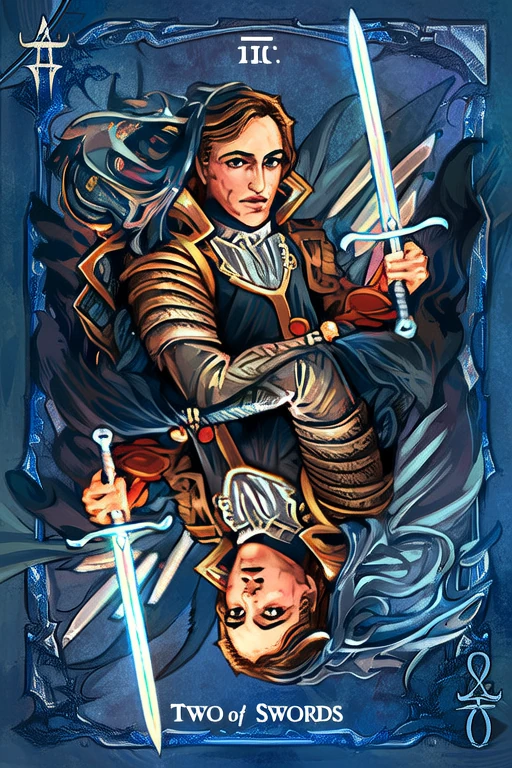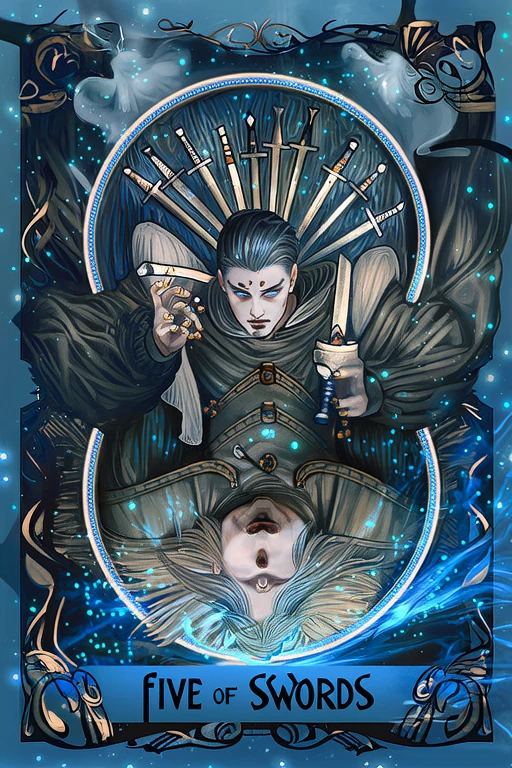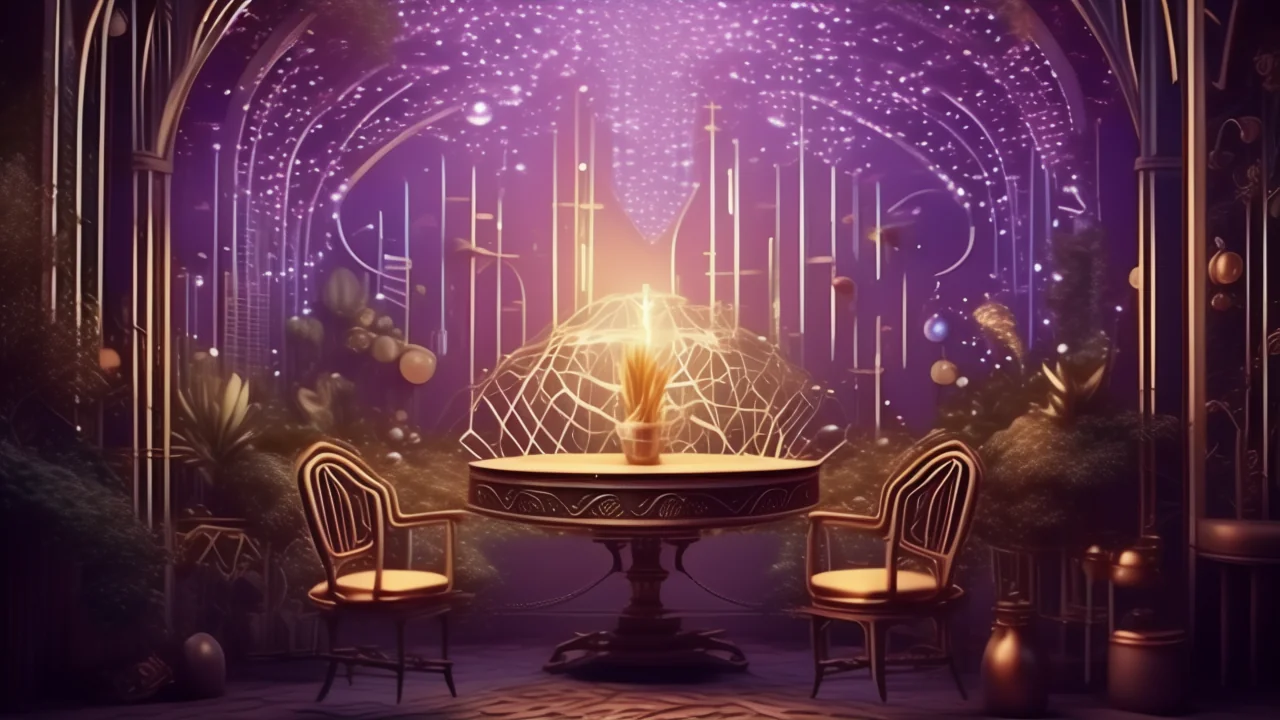
Three of Swords
Discover the deep meaning of Three of Swords with our free AI-powered tarot interpretation. Get instant, accurate readings based on advanced tarot knowledge.
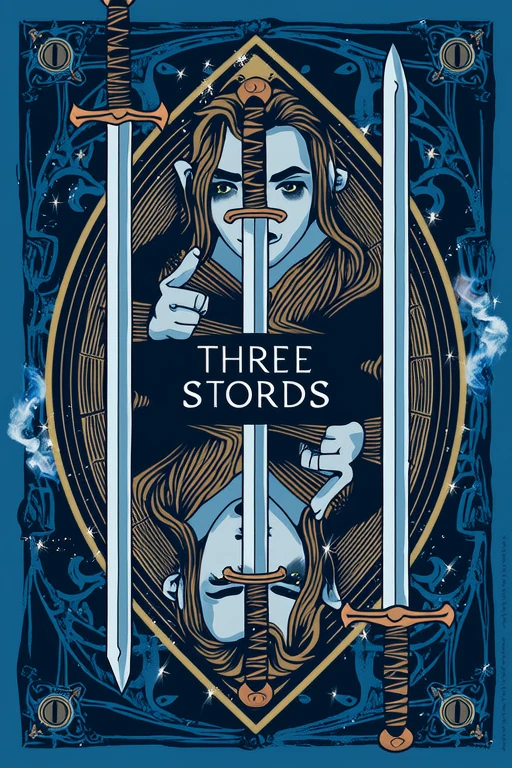
Keywords
Upright Meaning
Heartbreak, suffering, grief
Reversed Meaning
Negative self-talk, releasing pain, optimism
Full Interpretation
The Three of Swords represents heartbreak, emotional pain, and the need to heal.
In-Depth Analysis
📜 Historical Background
The Three of Swords is one of the 56 minor arcana cards in the tarot deck, specifically belonging to the suit of Swords, which corresponds to the element of air and governs intellect, communication, and conflict. Its roots trace back to early 15th-century Europe, particularly in northern Italy, where the first known tarot decks—such as the Visconti-Sforza deck—were created. Originally used for playing card games, tarot cards gradually evolved into tools for divination and spiritual insight during the 18th and 19th centuries, especially through the influence of occultists like Eliphas Levi and the Hermetic Order of the Golden Dawn.
In the earliest surviving tarot decks, the imagery of the Three of Swords varied significantly. The Visconti-Sforza deck, for instance, depicts three swords piercing a single heart, a motif that has endured through centuries and is now the standard design in most modern decks. This image of a heart pierced by three blades is often associated with sorrow, betrayal, and emotional pain. Some historians believe the image may have been inspired by Christian iconography, such as the Virgin Mary’s “Seven Sorrows,” one of which includes a prophecy that a sword would pierce her soul (Luke 2:35). This religious connotation likely influenced the symbolic depth of the card.
As tarot spread across Europe, the interpretation of the Three of Swords evolved. In French and German decks, the suit of Swords was often replaced with other symbols like leaves or eagles, altering the card’s cultural context. The Rider-Waite-Smith deck, published in 1909 and illustrated by Pamela Colman Smith under the guidance of A.E. Waite, solidified the modern visual standard of the Three of Swords: a solitary heart impaled by three swords against a stormy sky. This imagery has since become iconic in tarot symbolism, representing emotional suffering, grief, and heartbreak.
Across cultures, the Three of Swords retains its association with pain and sorrow, though interpretations can vary. In some Eastern European traditions, the card is seen as a warning of betrayal or deceit, while in Western esoteric traditions, it is often linked to necessary emotional trials that lead to growth. In modern decks, artists often reinterpret the card’s symbolism, sometimes replacing the heart with abstract imagery or human figures to emphasize the universality of emotional pain. Regardless of the design, the essence of the Three of Swords remains consistent: it is a card that calls attention to emotional wounds, urging reflection, healing, and resilience.
Symbolism & Imagery
The Three of Swords is rich in symbolic meaning, with each element of its imagery contributing to its overall interpretation. At the center of the card is a heart pierced by three swords, set against a dark, stormy sky. The heart symbolizes love, emotion, and vulnerability, while the swords represent the mind, conflict, and intellectual pain. The stormy background reinforces the idea of emotional turmoil and distress.
Color plays a crucial role in the card’s symbolism. The heart is often depicted as red, symbolizing passion, love, and deep emotional connection. The gray or black storm clouds signify sadness, grief, and the heaviness of the heart. The metallic swords, typically silver or gray, reflect the cold, sharp nature of truth and the mental processes that can lead to emotional pain.
Numerologically, the number three is associated with communication, creativity, and manifestation. In the context of the Three of Swords, this number amplifies the theme of emotional communication gone awry—perhaps a harsh truth spoken, a betrayal revealed, or a heartbreak made manifest. The repetition of three swords may also signify the trinity of mind, body, and spirit being affected by emotional pain.
Culturally, interpretations of the Three of Swords vary slightly. In traditional European tarot readings, the card often indicates heartbreak, loss, or betrayal. In contrast, some modern interpretations focus on the healing journey that follows emotional pain, emphasizing the necessity of suffering for personal growth. In certain Asian interpretations, the card may be seen as a caution against rash decisions or emotional impulsivity.
When the Three of Swords appears upright in a reading, it typically signifies emotional pain, grief, or heartbreak. It may indicate a recent betrayal, the end of a relationship, or a painful truth that must be confronted. Reversed, the card can suggest the beginning of emotional healing, the release of old wounds, or the process of learning from past pain.
The Three of Swords is also connected to other cards in the tarot deck. It echoes the themes of sorrow and sacrifice found in the Five of Cups and the Nine of Swords. Conversely, it contrasts with the joy and emotional fulfillment of the Two of Cups and the Six of Cups. Understanding these connections allows for a more nuanced interpretation of the card within a broader reading context.
Psychological Insights
From a psychological perspective, the Three of Swords resonates deeply with the human experience of grief, loss, and emotional trauma. Carl Jung’s theory of archetypes provides a useful framework for interpreting this card. The Three of Swords aligns with the archetype of the Wounded Healer—a figure who undergoes suffering in order to gain wisdom and the ability to heal others. This archetype reflects the idea that emotional pain is not only inevitable but also transformative. Encountering the Three of Swords in a reading can signal a need to confront unresolved emotional wounds, acknowledge painful truths, and begin the process of healing.
In modern life, the Three of Swords often appears during periods of emotional difficulty—such as breakups, betrayals, or the loss of a loved one. It encourages individuals to face their pain rather than suppress it. By doing so, people can move through grief and emerge with greater emotional resilience. This card also serves as a reminder that emotional pain is often a catalyst for personal growth. It prompts individuals to reevaluate their relationships, communication styles, and emotional boundaries.
For decision-making, the Three of Swords advises caution in matters of the heart. It suggests that hasty decisions made in the heat of emotional pain may lead to further suffering. Instead, it encourages reflection, honesty, and clear communication. In counseling or therapy settings, the Three of Swords can be a powerful symbol for clients navigating emotional trauma. Therapists may use the card to explore themes of grief, forgiveness, and emotional release.
Modern spiritual practices often incorporate the Three of Swords as a tool for shadow work—confronting and integrating the darker aspects of the psyche. Meditation with this card can help individuals process unresolved emotions and gain insight into their emotional patterns. Some practitioners use the card in rituals for emotional healing, pairing it with affirmations, journaling, or energy work to release emotional blockages.
Ultimately, the Three of Swords reminds us that emotional pain is part of the human journey. While it may be difficult, it is also a necessary step toward healing, wisdom, and inner strength.
Correspondences
The Three of Swords is associated with the element of air, reflecting its connection to intellect, communication, and emotional pain processed through the mind. In astrology, it corresponds to the planet Mercury, which governs communication, thought processes, and perception. Mercury’s influence can indicate that the emotional pain represented by this card may stem from misunderstandings, miscommunication, or harsh truths being revealed.
Gemstones and crystals associated with the Three of Swords include black tourmaline, which offers protection from emotional negativity; rose quartz, which promotes healing and self-love; and amethyst, which supports emotional balance and spiritual insight. Essential oils such as lavender, chamomile, and frankincense can aid in emotional healing and stress relief when working with this card’s energy.
Herbs like rosemary, associated with remembrance and emotional clarity, and lavender, known for its calming properties, are commonly used in rituals or spells related to emotional healing. These natural elements can be incorporated into meditation, candle magic, or aromatherapy practices to support the energy of the Three of Swords.
In terms of chakra alignment, the Three of Swords primarily influences the heart chakra (Anahata), which governs love, compassion, and emotional well-being. Blockages in this chakra may manifest as emotional pain, grief, or difficulty in forming healthy relationships. Energy work focusing on opening and balancing the heart chakra can help individuals process the emotions associated with this card.
Numerologically, the number three is linked to expression, creativity, and communication. In the context of the Three of Swords, this number emphasizes the importance of expressing emotions honestly and constructively. It also suggests that emotional pain can be transformed into wisdom through self-expression and reflection.
❓ Frequently Asked Questions
**What does the Three of Swords mean in a love reading?** In a love reading, the Three of Swords often indicates heartbreak, betrayal, or emotional pain within a relationship. It may suggest the end of a romantic connection, a painful truth being revealed, or the need to confront unresolved emotional wounds. However, it can also signify the beginning of emotional healing and the release of past hurts.
**Is the Three of Swords always negative?** While traditionally seen as a challenging card, the Three of Swords is not inherently negative. It represents emotional pain, but it also signifies the process of healing and growth that follows. When reversed, it can indicate the release of old wounds or the beginning of emotional recovery.
**What should I do if the Three of Swords appears in a reading?** If the Three of Swords appears, it is a call to acknowledge and process emotional pain rather than suppress it. It may be time to confront a difficult truth, release a toxic relationship, or begin healing from past experiences. This card encourages emotional honesty and self-compassion.
**How does the Three of Swords interact with other cards?** When paired with cards like the Five of Cups or the Nine of Swords, the Three of Swords intensifies themes of grief and anxiety. In contrast, when combined with the Two of Cups or the Ace of Cups, it may suggest the potential for emotional healing or new beginnings after pain.
**What is a good spread for interpreting the Three of Swords?** A simple three-card spread can help explore the Three of Swords’ message: one card for the source of emotional pain, one for the lesson or insight, and one for the path forward. Alternatively, a Celtic Cross spread can provide a more detailed understanding of how this card influences different areas of life.
**How can I work with the Three of Swords in a positive way?** To work with this card positively, consider journaling about emotional experiences, engaging in shadow work, or practicing self-compassion exercises. Using affirmations such as “I release my emotional pain and open myself to healing” can also support a constructive relationship with the Three of Swords.
Practical Readings
Love Reading – Free • Online • AI • Instant • Accurate
In love, Three of Swords upright: Heartbreak, suffering, grief. Reversed: Negative self-talk, releasing pain, optimism.
Career Reading – Free • Online • AI • Instant • Accurate
For career, Three of Swords upright: Heartbreak, suffering, grief. Reversed: Negative self-talk, releasing pain, optimism.
Yes‑No Reading – Free • Online • AI • Instant • Accurate
As a quick yes‑no: upright tends toward “yes”, reversed leans “no”—interpret within your question’s context.
FAQ
What does Three of Swords mean in tarot?
Three of Swords represents heartbreak, suffering, grief. This card encourages The Three of Swords represents heartbreak, emotional pain, and the need to heal.
What is Three of Swords reversed meaning?
When Three of Swords appears reversed, it signifies negative self-talk, releasing pain, optimism. Consider areas that may require adjustment or release.
Is Three of Swords a positive card?
Three of Swords is generally considered a neutral to positive card, representing heartbreak, suffering, grief.
What should I do if I draw Three of Swords?
If you draw Three of Swords, focus on heartbreak, suffering, grief. Align actions with the card’s upright energy.
How do I interpret Three of Swords in a love reading?
In love readings, Three of Swords suggests heartbreak, suffering, grief in relationships. Consider how heartbreak and suffering apply to your situation.
What does Three of Swords mean in a love reading?
In love, Three of Swords points to heartbreak, suffering, grief when upright and negative self-talk, releasing pain, optimism reversed. Reflect on relational balance & authenticity.
How is Three of Swords interpreted in career?
For career, Three of Swords upright highlights heartbreak, suffering, grief while reversed warns of negative self-talk, releasing pain, optimism—adjust planning & execution.
What is the financial meaning of Three of Swords?
Financially, Three of Swords suggests heartbreak, suffering, grief potential; reversed indicates negative self-talk, releasing pain, optimism—use prudent pacing.
Is Three of Swords a yes or no card?
Three of Swords is generally a context-dependent when upright; reversed leans toward hesitation or NO—apply to the nuance of your question.
References
References
- Encyclopaedia Britannica – Tarot
Historical overview and cultural context of tarot cards.
- Wikipedia – Tarot
General reference on tarot history, structure, and usage.
- Biddy Tarot – Tarot Card Meanings
Widely cited interpretations and learning resources.
- Labyrinthos – Tarot Card Meanings
Educational articles on major and minor arcana.
